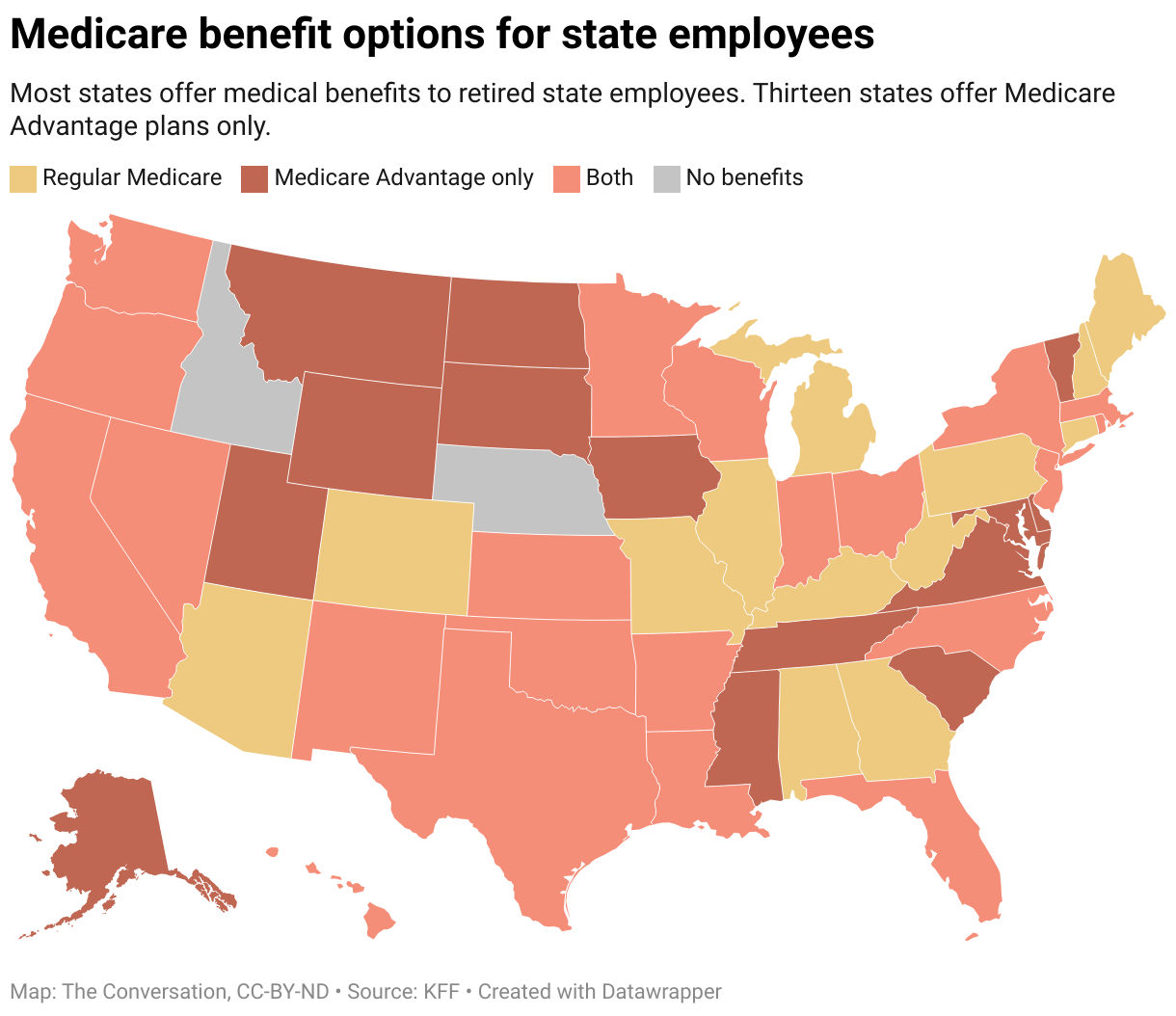
We compared the cost of health insurance to inflation since 1999.
In 1999, Americans paid an average $2,196 a year for typical employer health insurance. By 2005, health insurance cost $4,024 a year, up over 80%. In comparison, inflation gained about 17%. Scroll down to track the cost of health insurance vs. inflation through 2021.
By 2010, health insurance cost $5,049 a year, up 130%. Inflation rose about 30%.
By 2015, health insurance cost Americans $6,251 a year, a gain of 185%. Inflation was up about 40%.
By 2021, health insurance cost $7,739 a year, a rise of over 250%. Inflation was up about 60%.
Looked at another way, in 1999 the average American worked about 2 weeks to pay for health insurance. In 2020 that grew to about 7 weeks.
One further chart explains why the cost of health insurance has grown so much faster than inflation. See it below.
Healthcare now accounts for almost 20% of the U.S. economy*. Here are some resources that help to understand why.
The Healing of America: A Global Quest for Better, Cheaper, and Fairer Health Care: Bestselling author T. R. Reid visits industrialized democracies around the world–France, Britain, Germany, Japan, and beyond–to understand the state of healthcare in our country, and around the world.
Priced Out: The Economic and Ethical Costs of American Health: From Uwe Reinhardt, a giant of healthcare policy, an engaging and enlightening account of why American health care is so expensive—and why it doesn’t have to be.
An American Sickness: How Healthcare Became Big Business and How You Can Take It Back: Onetime New York Times health reporter and editor-in-chief of Kaiser Health News, Dr. Elisabeth L. Rosenthal chronicles the American healthcare system, to help patients understand and tackle the high cost of U.S. medicine.
Health Affairs’ Considering Health Spending (CHS) initiative: The leading health journal’s focal point for research and analysis about how much the nation spends on healthcare, what we get for our money, and how we might change the spending trajectory.
The Role Of Prices In Excess US Health Spending: New research points to high prices in the private sector as a critical driver of excess health spending and growth in the U.S.
How has U.S. spending on healthcare changed over time?: Interactive data visualizations by the Peterson-KFF Health System Tracker provide a deep dive into the history and composition of healthcare spending.
Cost of Treating Disease Grew 60% Over Two Decades: Explore changes in treatment costs for 115 diseases. Harvard health economist David Cutler sheds light on which diseases have gotten pricier to heal, which have gotten cheaper, and why these changes have occurred.
Health Care Cost Institute: A critical national resource shedding light on the trends driving health care spending growth in the U.S.
Cost Calculators
Household Health Spending Calculator: This interactive tool combines several public data sources to examine how much individuals and families in the United States spend on health each year, both directly and indirectly.
See Plans & Prices: HealthCare.gov’s Affordable Care Act plan pricing tool estimates plan prices based on location, household size, and income.
Obamacare Subsidy Chart and Calculator: HealthcareInsider’s Affordable Care Act plan subsidy calculator and plan finder.
Data Sources
Health insurance inflation: Kaiser Family Foundation 2021 Employer Health Benefits Survey.
Inflation: Consumer Price Index.
Healthcare inflation: KFF analysis of National Health Expenditure (NHE) data.
Weeks worked to afford health insurance: FRED Economic Data: Real Mean Personal Income in the United States.
*The economy is defined as the U.S. Gross Domestic Product. CMS.gov Historical.
Methodology
We calculated health insurance inflation based on the most common form of health insurance in the U.S., employer health insurance, which covered about one-half of the population from 1999 to 2021. We used single coverage for individuals to measure inflation, indexing 1999 to 0%.
For general economic inflation, we used the most commonly employed measure, the Federal Reserve Bank of St. Louis’s Consumer Price Index.
For healthcare inflation, we used the Kaiser Family Foundation’s analysis of National Health Expenditure (NHE) data.
To calculate weeks worked to afford health insurance, we first divided real mean personal annual income by 52 to derive the average weekly salary for the years 1999 and 2021. We then divided average insurance premiums for those years by the weekly salary.




